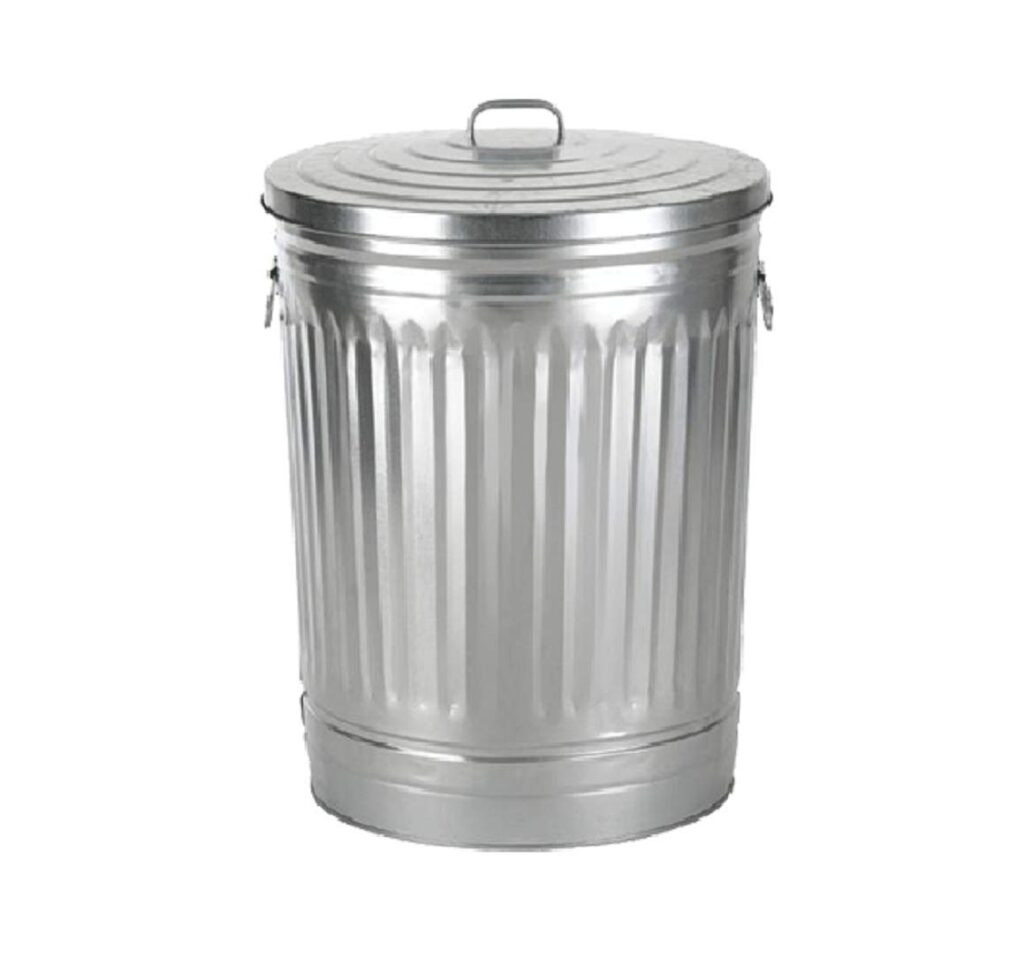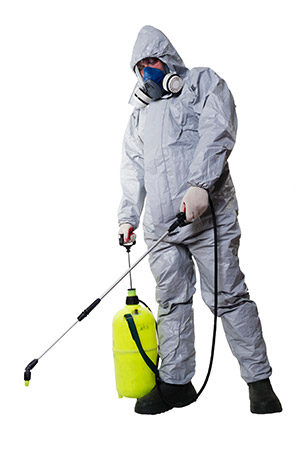High-capacity commercial trash cans are essential fixtures in high-traffic areas, offering robust solutions for efficiently managing waste disposal. These bins are specifically designed to accommodate large volumes of trash, making them ideal for places like shopping malls, airports, stadiums, and busy city streets where a significant amount of waste is generated daily. One of the primary benefits of high-capacity trash cans is their ability to handle substantial quantities of trash without frequent emptying. This reduces the need for constant maintenance and ensures that public spaces remain clean and hygienic throughout the day. The design often includes sturdy materials such as heavy-duty plastic or corrosion-resistant metal, ensuring durability even under harsh environmental conditions and frequent use. In high-traffic areas, the aesthetics of trash cans are also important. Many commercial models are designed to blend seamlessly with their surroundings, featuring sleek, modern designs or classic styles that complement various architectural themes.

This not only enhances the overall appearance of the environment but also encourages people to use the bins properly, contributing to a cleaner and more organized public space. Furthermore, high-capacity trash cans are equipped with features that enhance usability and efficiency. These may include large openings for easy disposal of bulky items, such as packaging or food containers, and secure lids to prevent overflow and contain odors. Some models also incorporate advanced mechanisms like foot pedals or sensor-activated lids, promoting hands-free operation and improving hygiene by minimizing contact with the bin surface. In addition to their functional benefits, commercial trash cans play a crucial role in waste management and environmental sustainability. By providing ample capacity and effective waste containment, they help prevent littering and ensure that recyclable materials are properly disposed of. This is particularly important in urban settings where waste management systems rely on efficient collection and recycling practices to minimize environmental impact.
When selecting high-capacity trash cans for commercial use, factors such as size, durability, and ease of maintenance should be carefully considered. Larger bins are suitable for areas with high foot traffic, while durable materials ensure longevity and resistance to wear and tear. Easy-to-clean surfaces and rust-resistant coatings are also advantageous, especially in outdoor settings where exposure to weather elements can affect performance. Overall, high-capacity commercial trash cans are indispensable tools for maintaining cleanliness and order in busy public spaces. Their robust construction, ergonomic design, and contribution to waste management make them essential investments for businesses, municipalities, and facility managers seeking reliable solutions for effective waste disposal. By choosing quality bins that meet the specific needs of their environment, stakeholders can create cleaner, more inviting surroundings that enhance the overall experience for visitors and residents alike.

